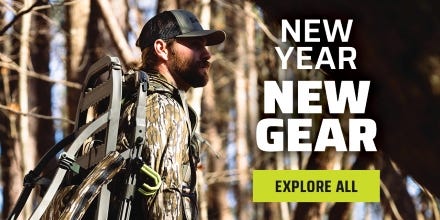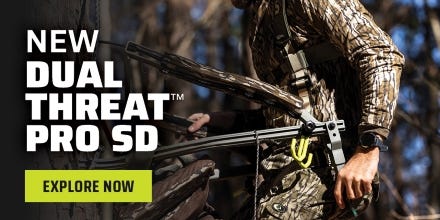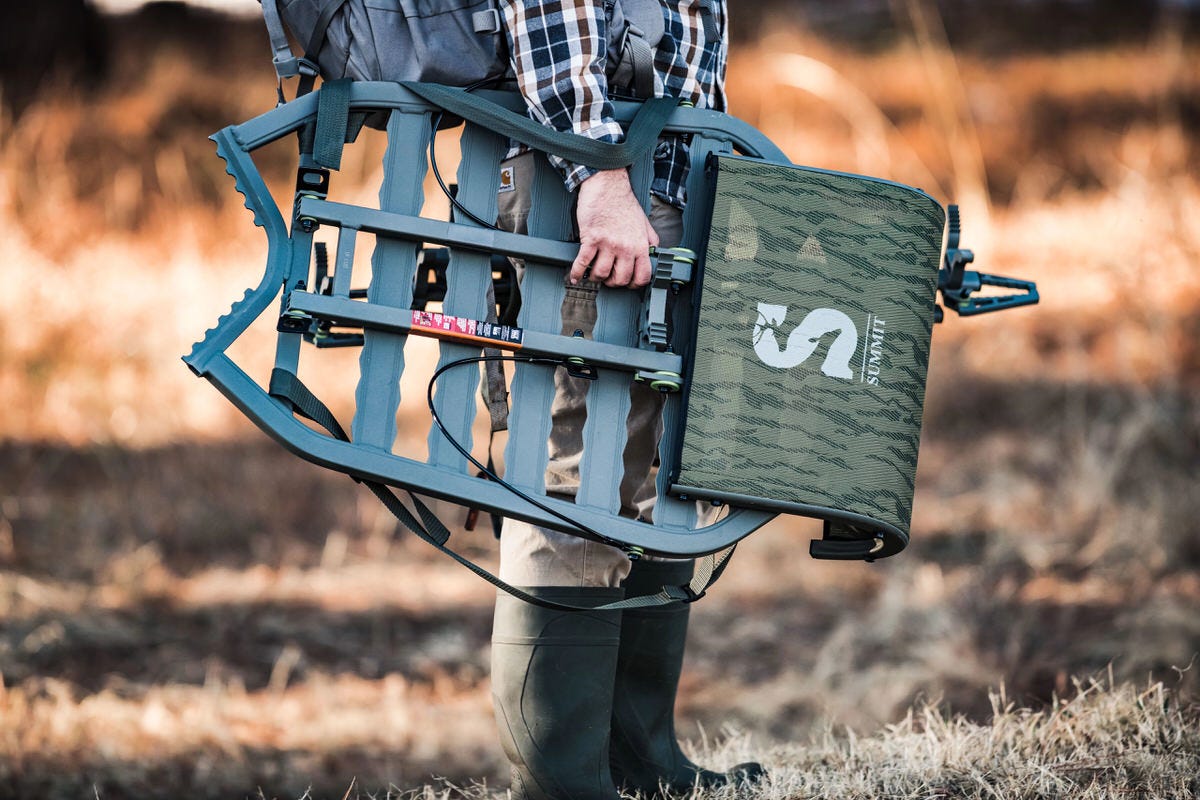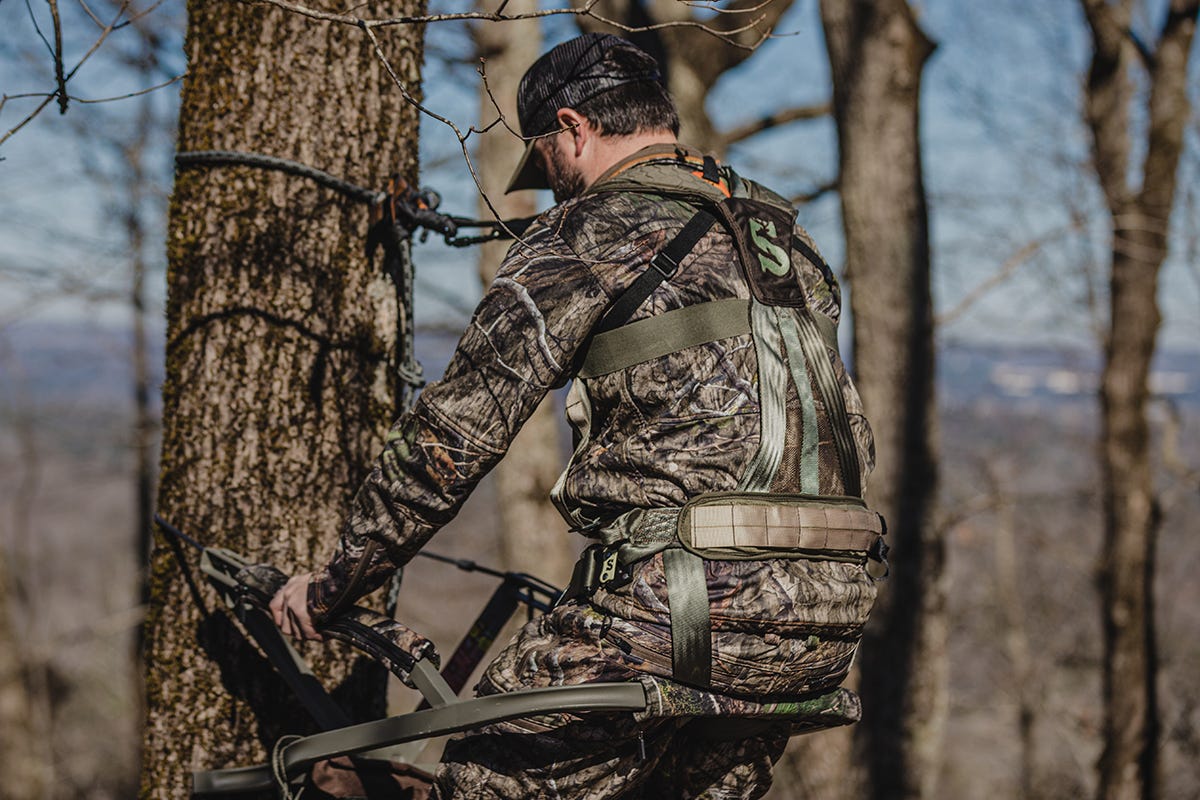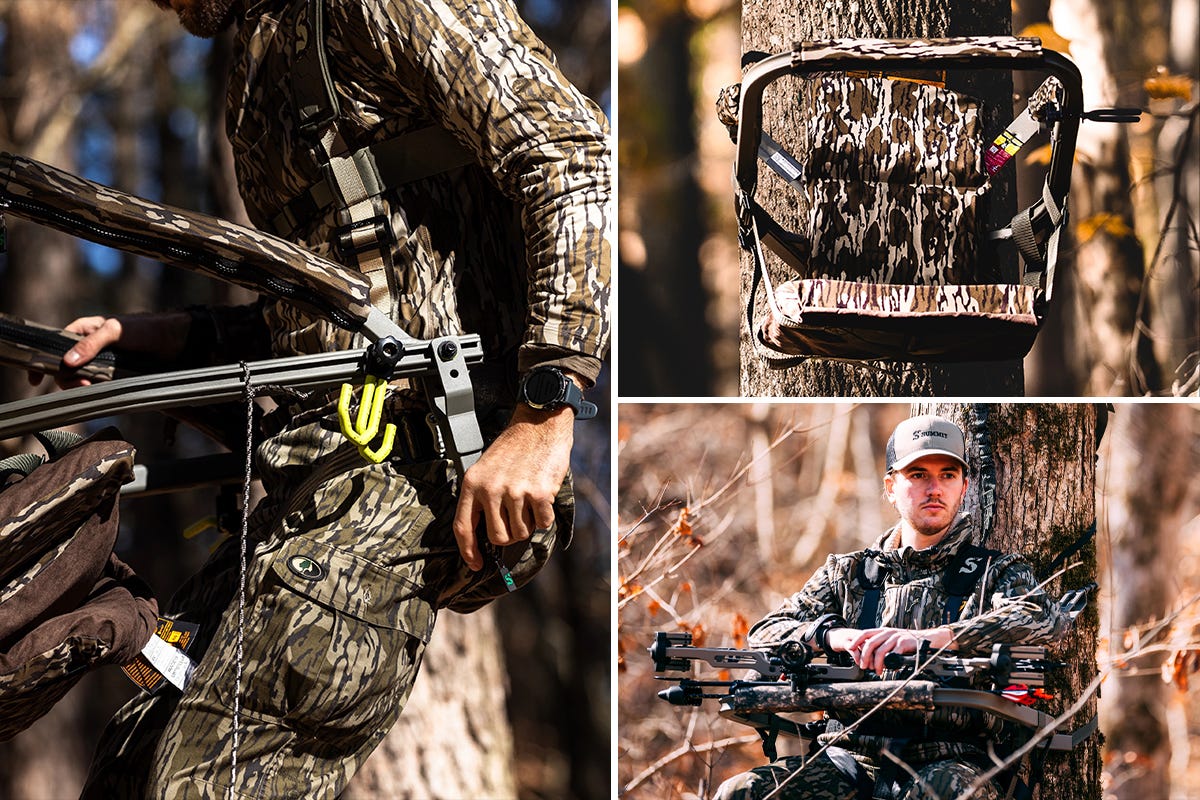- Aug 27, 2014
Be in the Right Place at the Right Time
You can have all of the right gear, a fantastic hunting location and the skills to get the job done, but if you’re not in the right place at the right time, none of that matters. There may be only one deer season a year, but a deer’s behavior changes radically through the various stages of the season. So, the sure-fire tactic that worked for you in the early season, may not work for you during the pre-rut or rut. To hunt successfully throughout the season, you need to be willing to modify and adapt your hunting styles to experience success.
Early Season
When the weather is warm and the days are longer, deer will be moving back and forth between their food sources and bedding areas. You need to hunt closer to the bedding areas, rather than the food sources because the bigger bucks may not hit a particular food source until after dark. For the best chance at success, hunt travel corridors infrequently on evenings with a perfect wind and early moon rise, when big deer will be up on their feet before dark.
October Lull
This time of the season can be a tough time to hunt, simply because many hunters haven’t changed their strategy from the early season. Hunt close to where you know the bucks are bedding. They’re not roaming far because they are concentrating on eating and conserving their energy for the rut. They are getting in the mindset and preparing their bodies, much like a fighter getting ready to go into the ring.
Pre-Rut
Pre rut is a great time of the season to hunt because deer are on their feet searching for that first doe that is coming into estrous. You can get aggressive with your tactics this time of the year. Use scents and do some rattling and grunting. Hunt funnels through which bucks are moving back and forth between the does’ bedding areas and food sources. Spend long hours in the stand, as the bucks will be moving throughout the day.
Rut
What hunter doesn’t love the rut? It’s the most exciting part of the season offering all types of opportunities. However, when the rut is in peak mode, some of the big bucks will become locked down with does in estrous, making them hard to kill. A locked-down buck will spend between 24 to 36 hours with that one doe; and he won’t be moving around much. In fact, he may stay in an area spanning less than 5 acres for a couple of days. But, there’s an upside. When this happens, you may spot a deer that you didn’t even know existed. Set your stand up near thick-covered areas where you know does bed, and plan to spend every waking moment in the tree. If the does are there, the bucks will be too.
Spring
Take the opportunity when you’re out turkey or shed hunting to scout for new locations to hunt. Find areas where deer are frequenting that you may have overlooked, and mark them on your GPS. The spring is a great time to pick out stand locations before the foliage gets thick. You can also begin prepping and planning for your year-round food plots.
The Off Season
Remember, what you do during the off season to prepare for your hunts can be as important as what you do during the deer season, not only for success but for safety as well.
At the end of the season, pull your treestands down. Check the nuts, bolts and cables. Make sure your seats are in good condition. Check the straps that hold your stands on. Rub vegetable oil on moving parts to keep them from squeaking. Check your ladders. If you use screw-in steps, pull those out. Make sure that everything is in working order. If not, go ahead and replace the parts or gear so that you don’t forget about doing that when the next season rolls around.

